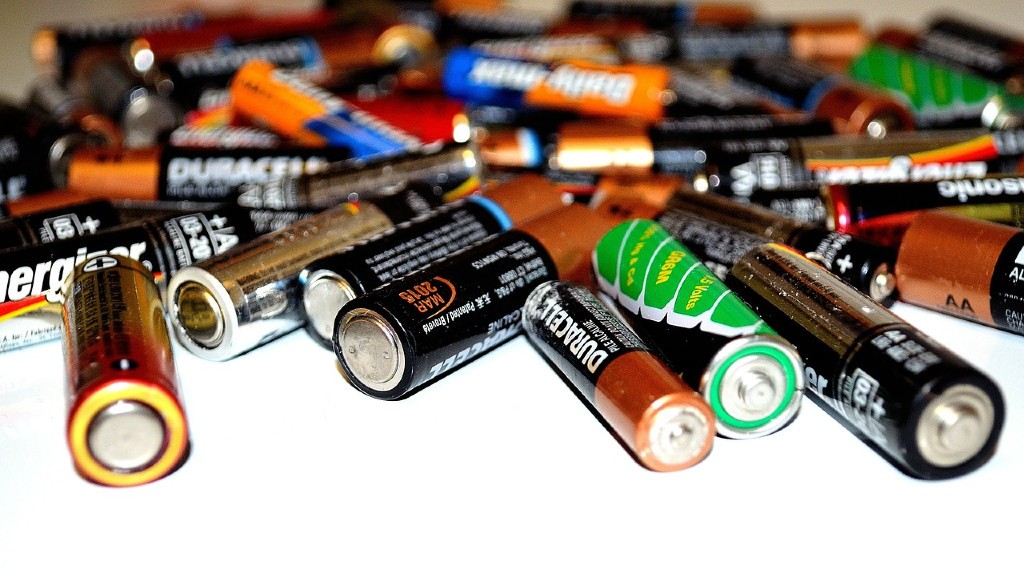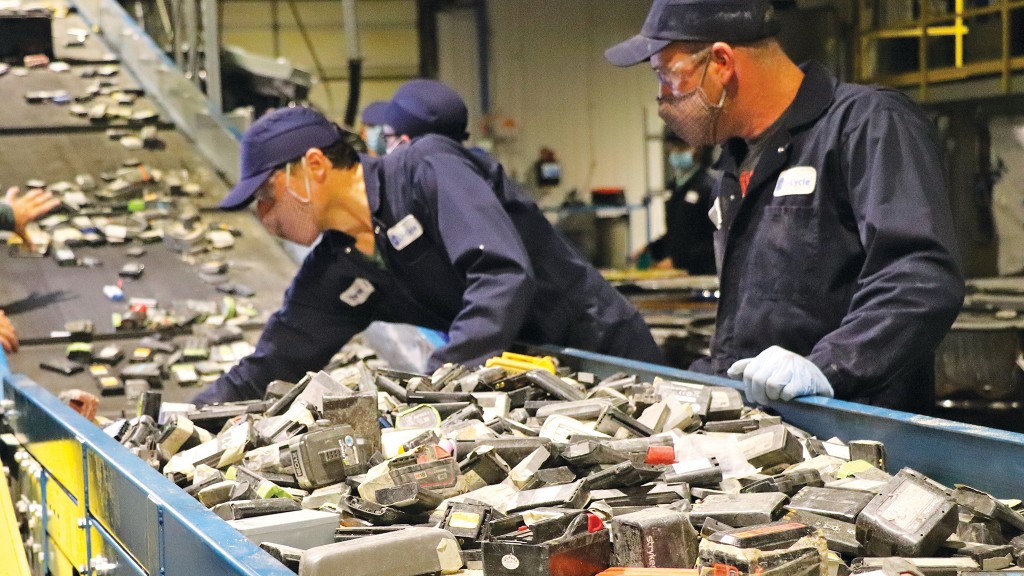
The Institute of Scrap Recycling Industries (ISRI), National Waste and Recycling Association (NWRA), and Solid Waste Association of North America (SWANA) have issued a joint letter to EPA Administrator Michael Regan citing best practices for safe recycling and labelling of lithium batteries. The letter is in response to the EPA's Request for Information on the Development of Best Practices for Collection of Batteries to be Recycled and Voluntary Battery Labeling Guidelines.
Lithium batteries are being used to power everything from electronic devices to onboard automobile systems. However, the increased usage poses serious fire risks and safety challenges for consumers and the recycling industry.
"It is imperative that a clear path is delineated for the responsible recycling of batteries," says ISRI President Robin Wiener. "By joining together to provide comments to the EPA, our organizations are offering solid solutions to minimize the risks of fire and injury that occur in recycling operations."
The letter commends the EPA's increased focus on the hazards that batteries pose in the waste and recycling streams. The organizations note that these hazards are increasing as more lithium-ion batteries get discarded and improperly placed in curbside residential waste or recycling collection containers and bags.
Once in the recycling or waste stream, these batteries become fire risks as they get mixed with tons of materials and placed in hot temperatures under significant compression.
"SWANA is very concerned about the continued uptick in fires at recycling facilities and other disposal sites, often caused by lithium-ion batteries," says David Biderman, SWANA executive director and CEO. "These fires threaten workers' lives and operations at these facilities and undercut EPA's ambitious National Recycling Strategy. We can't recycle discarded items at a burnt-up materials recovery facility (MRF)."
The organizations recognized the need for a strong, ongoing public information campaign to alert consumers on how to properly dispose of batteries.
"Our goal is to lower the risk of fires caused from lithium-ion batteries," said Darrell Smith, NWRA president and CEO. "We appreciate the opportunity to provide comments. We believe our recommendations will help reduce fires caused by these batteries at our recycling facilities."
While most of these fires are the result of mismanagement of consumer lithium batteries, larger batteries such as those in electric vehicles also pose risks. The organizations recommended that the EPA develop best practices and labelling guidelines to include batteries of all sizes and chemistries. They also advised the EPA should proceed with a parallel track for best practices and labelling of the larger lithium-ion batteries.





